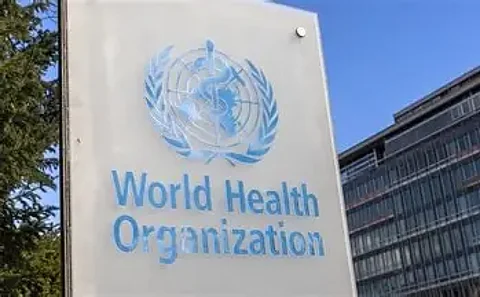

The World Health Organization (WHO) has released a target product profile to guide the development of in vitro diagnostic tests for serious bacterial infections in newborns and young infants, including neonatal sepsis—a leading cause of infant deaths worldwide.
Globally, an estimated 2.3 million newborns die each year, with low- and middle-income countries bearing the heaviest toll. Around 15% of these deaths are caused by sepsis, and evidence suggests that 84% could be prevented with early diagnosis and timely treatment.
Current diagnostic methods, such as blood cultures and molecular tests, face challenges including low sensitivity, long turnaround times, high costs, and infrastructure demands, making them inaccessible for many facilities. As a result, health workers often rely on clinical assessment alone to decide on antibiotics or hospital referrals.
“This new target product profile outlines the essential features needed in diagnostic tools to improve clinical decisions, reduce unnecessary antibiotic use, and prevent antimicrobial resistance—especially in low-resource settings,” said Dr Silvia Bertagnolio, WHO.
The profile defines required and desirable characteristics for tests aimed at infants aged 0–59 days, covering two main use cases:
Primary health care settings – identifying infants needing referral or antibiotics.
Higher-level facilities – guiding bacterial sepsis management and treatment initiation.
WHO developed this guidance through collaboration between its Department of Antimicrobial Resistance, Department of Maternal, Child Health and Ageing, and partners such as FIND. The profile is intended for diagnostic developers, regulators, health ministries, and other stakeholders.